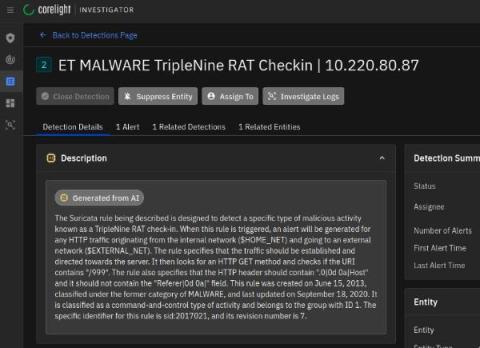SOX Compliance in the Age of Cyber Threats
Achieving Sarbanes-Oxley (SOX) Act compliance is becoming more difficult. While the Act is primarily a financial reporting regulation, it requires all publicly traded companies operating in the United States to maintain the integrity, accuracy, and reliability of financial reporting, which those organizations can only achieve through robust cybersecurity measures. As such, an effective cybersecurity strategy is crucial for achieving SOX compliance.










